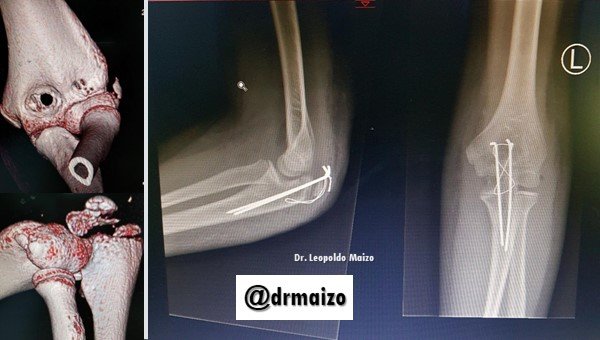
Introduction
The elbow plays an important role in arm movements, such as reaching for or lifting an object. A broken bone, commonly called a fracture, in the elbow can result from a simple fall on the extension arm. The fracture may occur in one or more parts of the three bones that make up the elbow joint. These parts are the upper sections of the two forearm bones (the radius and ulna) and the lower section of the upper arm bone (the humerus). A well-documented problem after an elbow injury is stiffness of the elbow and loss of normal movement. After initial treatment, which may include surgery for more severe fractures, treatment may include immediate gentle movements of the elbow, using a sling for support only, or it may include a period of time at rest with a sling or a cast.

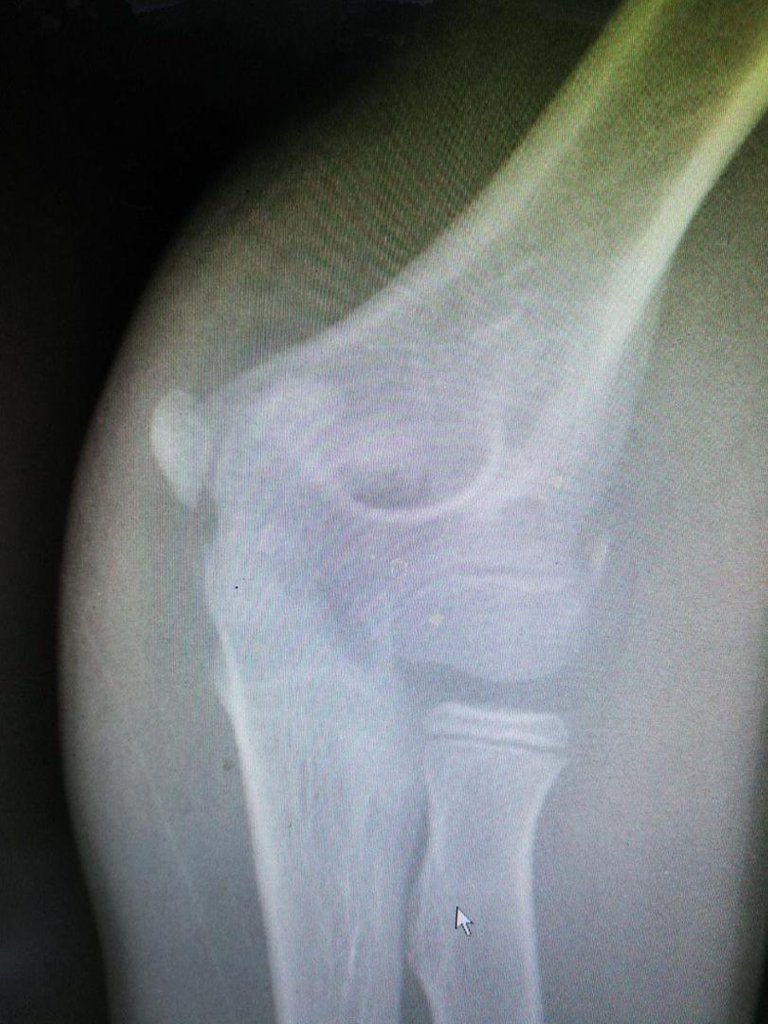
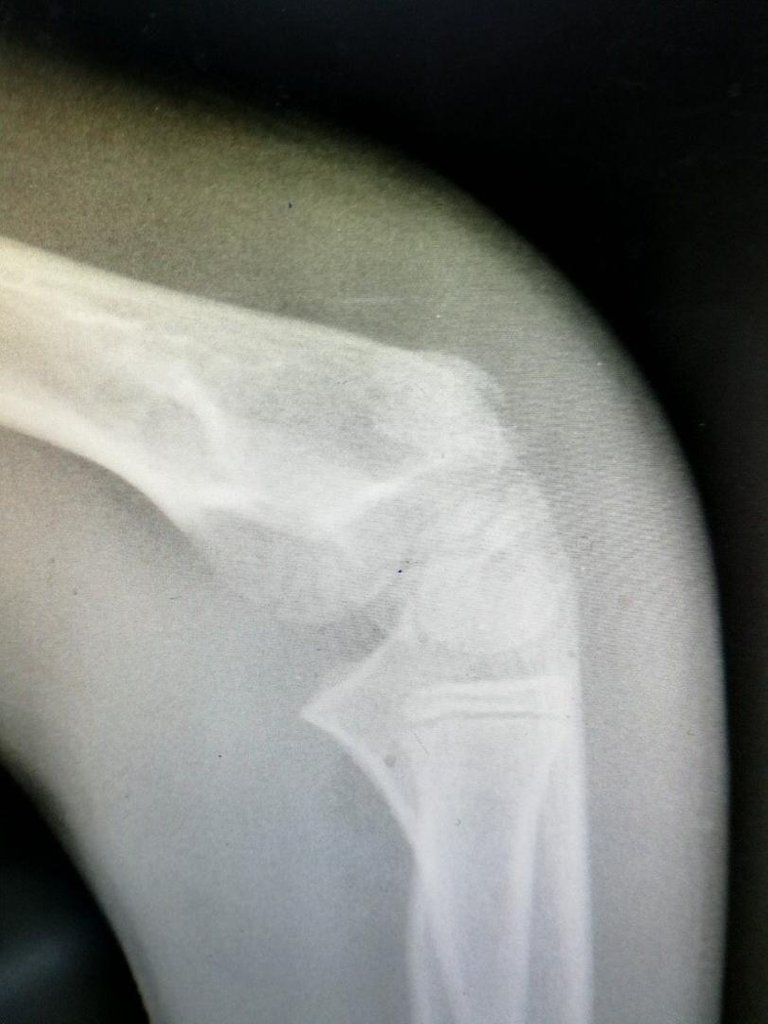
Elbow fractures
One of the most common complications after an elbow fracture is stiffness. In order for the fractured elbow joint(s) to heal well, it is necessary to immobilize the elbow for a period of time. This maintained immobilization makes the elbow rigid in flexion. That is, the arm is "bent" and unable to stretch without help.
For this reason, current medicine tries to avoid the use of plaster in prolonged immobilizations. Although there are inevitable cases, which are precisely the most difficult to rehabilitate. Kinesiology must be immediate after consolidation. Mobilization of the elbow should be carried out as soon as possible. The kinesiologist will use different techniques to progressively stretch the elbow.

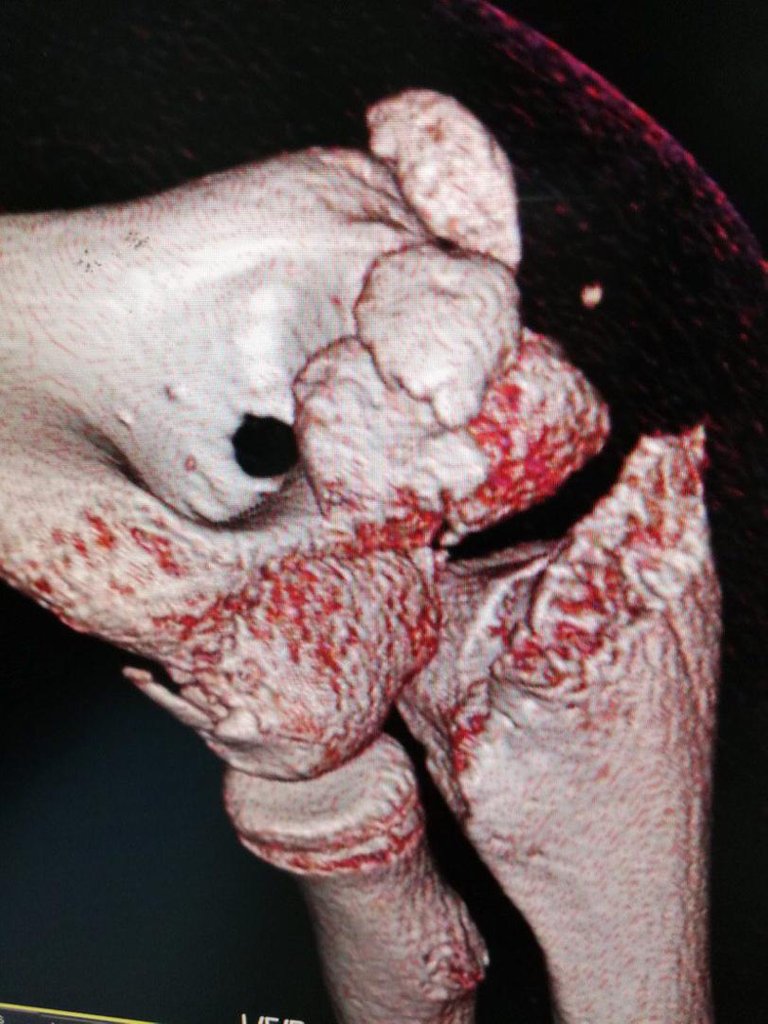
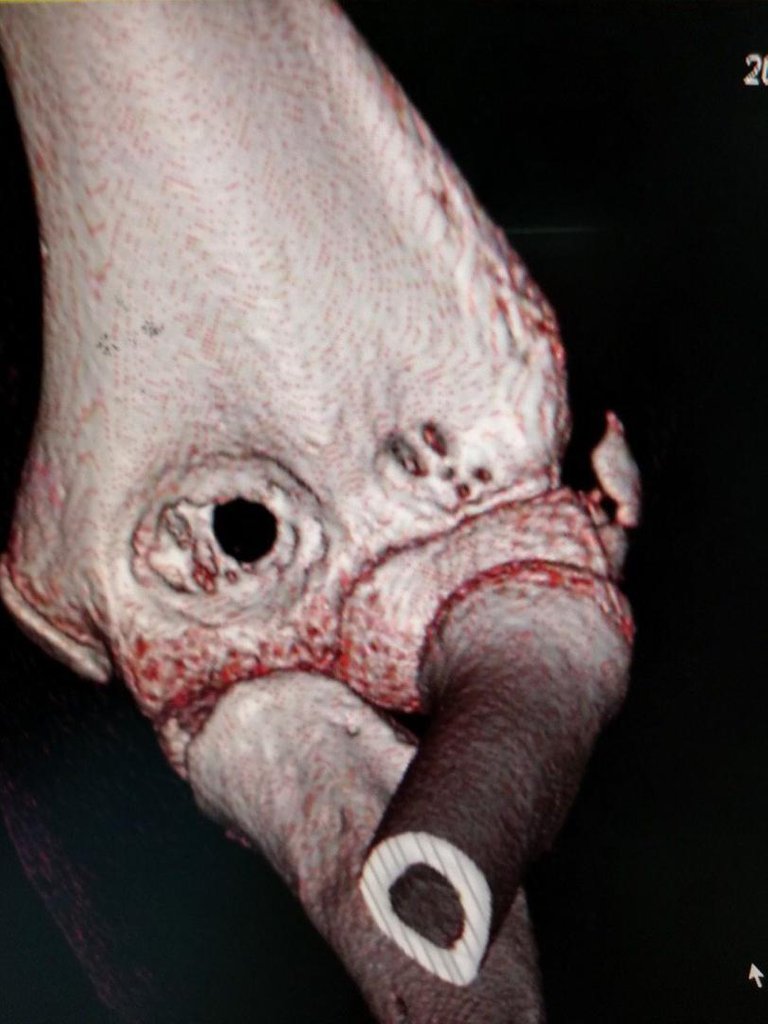
Treatment and physiotherapy
While a fracture specifically refers to a bone injury, the surrounding non-bony tissues are also affected due to immobilization. The muscles and fascias shorten, the joint proprioceptors become confused, the capsule stiffens, the synovial fluid does not flow correctly and so a series of alterations occur that generate a vicious circle that is difficult to stop.
A good therapy, then, must handle all this and favour mobilisation in the first instance. The first thing that should be pursued is the extension of the elbow, since this is the movement that is most lost. There are extension splints that are indicated to maintain the articular range reached that are very useful to wear at night. In addition, specific elongation and muscle strengthening exercises are incorporated, as well as proprioceptive exercises for the elbow joint.
Kinesiologist-patient cooperation is very important to maintain the ranges of movement reached during therapy. The stiffness of the elbow is so frequent and so severe that if daily and frequent exercises are not performed it is common to retreat.
Dr. Leopoldo Maizo - Orthopedic Surgeon

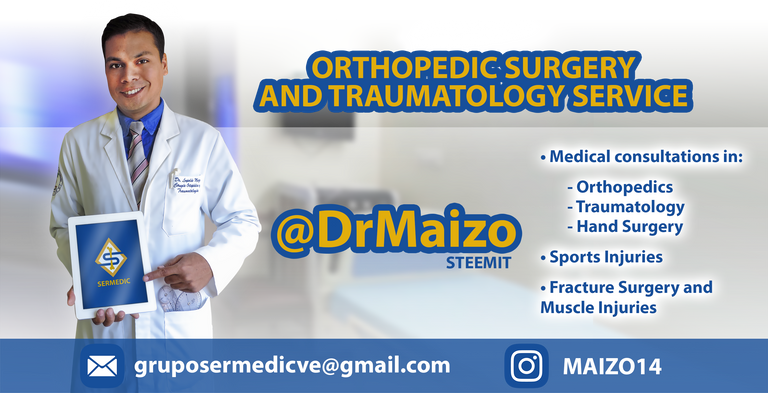
Firma diseñada por @themonkeyzuelans, contáctalos vía Discord "themonkeyzuelans#9087"
Great projects from the Steemit community:
- My Fundition campaign: https://fundition.io/#!/@drmaizo/6f88ggj8h



.png)
This project is being supported by @Fundition the next-generation, decentralized, peer-to-peer crowdfunding and collaboration platform, built on the Steem blockchain.
Read the full details of Fundition Fund program
Learn more about Fundition by reading our purplepaper
Join a community with heart based giving at its core
Fundition is a non profit project, by supporting it with delegation you are supporting 200+ projects.
50SP100SP200SP500SP1000SP2000SP5000SP10000SP
Very informative, thanks for sharing.
Thanks @dominikboecker. At your service!